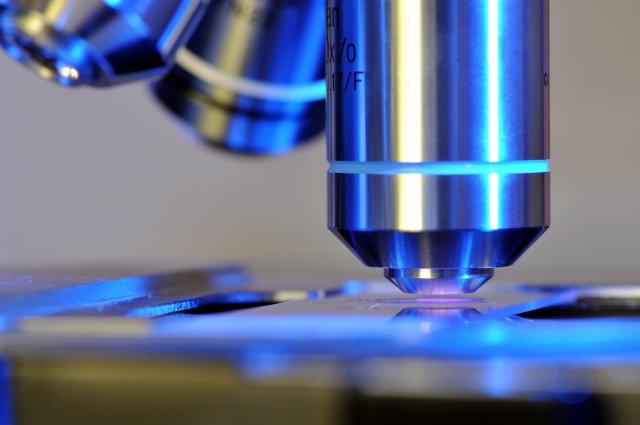Developing Organs On-a-Chip: Chemical Safety Research Collaborators Provide Research Review
Published June 18, 2018
EPA’s ability to meet its mission of protecting public health and the environment depends on credible and timely assessments of hazards and risks posed by chemicals. To understand the effects of chemical exposures, risk assessors must understand how chemicals impact human systems, including complex tissues and organs. Unfortunately, there are huge data gaps in this area, and current testing methods are costly and time-consuming.

To fill these data gaps, EPA is developing predictive toxicology tools called Organotypic Culture Models (OCMs). OCMs are 3-D, in vitro (lab-based) cell culture constructs. Sometimes referred to as “Organs on-a-Chip,” these new testing approaches will be a faster and less costly method for predicting the effects of chemicals on human biology. In addition, OCMs have the potential to reduce and eventually replace vertebrate animal testing, one of the traditional testing methods.
EPA Science to Achieve Results (STAR) research grants were awarded to four universities to develop OCMs in close collaboration with EPA scientists. When integrated with in silico (computer) models and other relevant information, human cell-based OCM technologies currently under development will help simulate how a chemical exposure might affect human tissues. OCMs can serve as predictive toxicology tools to inform decision-making associated with chemical compounds, mixtures, and emerging contaminants.
These grants are now in their fourth year of funding and have shown considerable progress. Grantee projects focus on the development of OCMs that can provide data on the effects of chemicals on systems relevant to development and reproduction, as well as endocrine systems, organ-specific toxicology, and disease. OCMs show promise toward providing relevant platforms for toxicological assessments that can be run in a reproducible, medium to high-throughput manner, allowing for the quick assessment of many chemicals.
To highlight this progress and share information, EPA hosted their 3rd Annual STAR Organotypic Culture Models for Predictive Toxicology Research Centers Progress Review in May 2018, at EPA’s facilities in Research Triangle Park, NC. The meeting included presentations and posters from the grantees and informative panel discussions with EPA scientists, the latter helping to identify potential future directions.
“To understand chemicals, we need to understand biology and STAR researchers are helping with that,” said Jeffrey Frithsen, National Program Director for EPA’s Chemicals Safety for Sustainability (CSS) Research Program.
The continued development of robust 3-D models of organs’ and tissues’ responses to chemical compounds is critical to informing EPA’s chemical safety research and advancing science aimed at protecting public health and the environment. The two-day conference enabled robust discussion between interdisciplinary scientists and trainees within EPA and at institutions at Vanderbilt University, the University of Wisconsin-Madison, the University of Washington, Texas A&M University, the University of Pittsburgh, and North Carolina State University.
About the STAR Program
EPA’s Science to Achieve Results (STAR) program was created in 1995 and is EPA’s primary competitive, peer-reviewed, extramural grants program. The program funds research on the environmental and public health effects of air quality, environmental changes, water quality and quantity, hazardous waste, toxic substances, and pesticides. Due to the interdisciplinary nature of STAR research projects, funded grants and research funding opportunties often address more than one of these research areas. Since its inception, the program has awarded more than 3,500 research grants throughout the nation. STAR stimulates and supports scientific and engineering research that advances EPA’s mission to protect human health and the environment. EPA STAR grants funds individual research projects as well as establishes large research centers in specific areas of national concern. It also provides access to the nation’s best scientists and engineers in academic and other nonprofit research institutions.
Additionally, this program supports the development of university researchers and young scientists across their careers through active research opportunities. Graduate students, post-doctorate scientists, and early career scientists are often engaged in STAR research teams, developing their interests and skills, all of which impact the course of their careers.
Funding Opportunities
